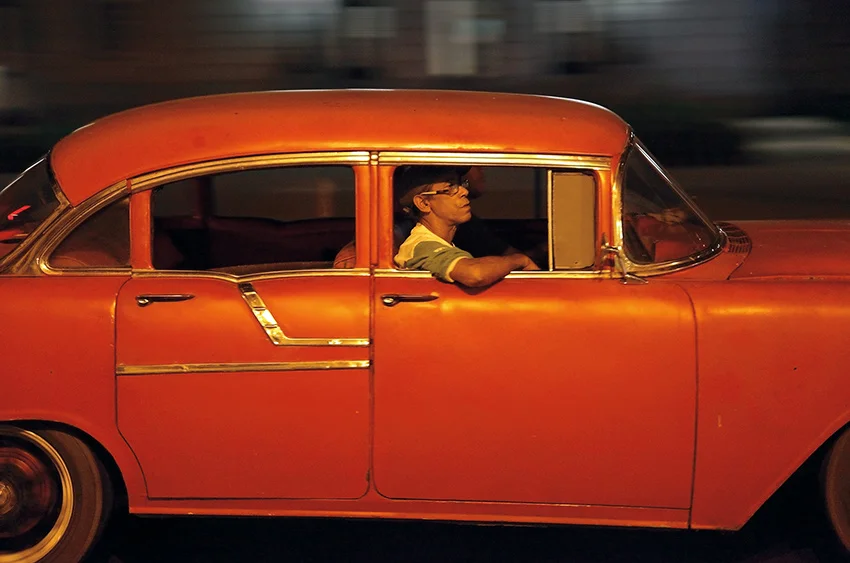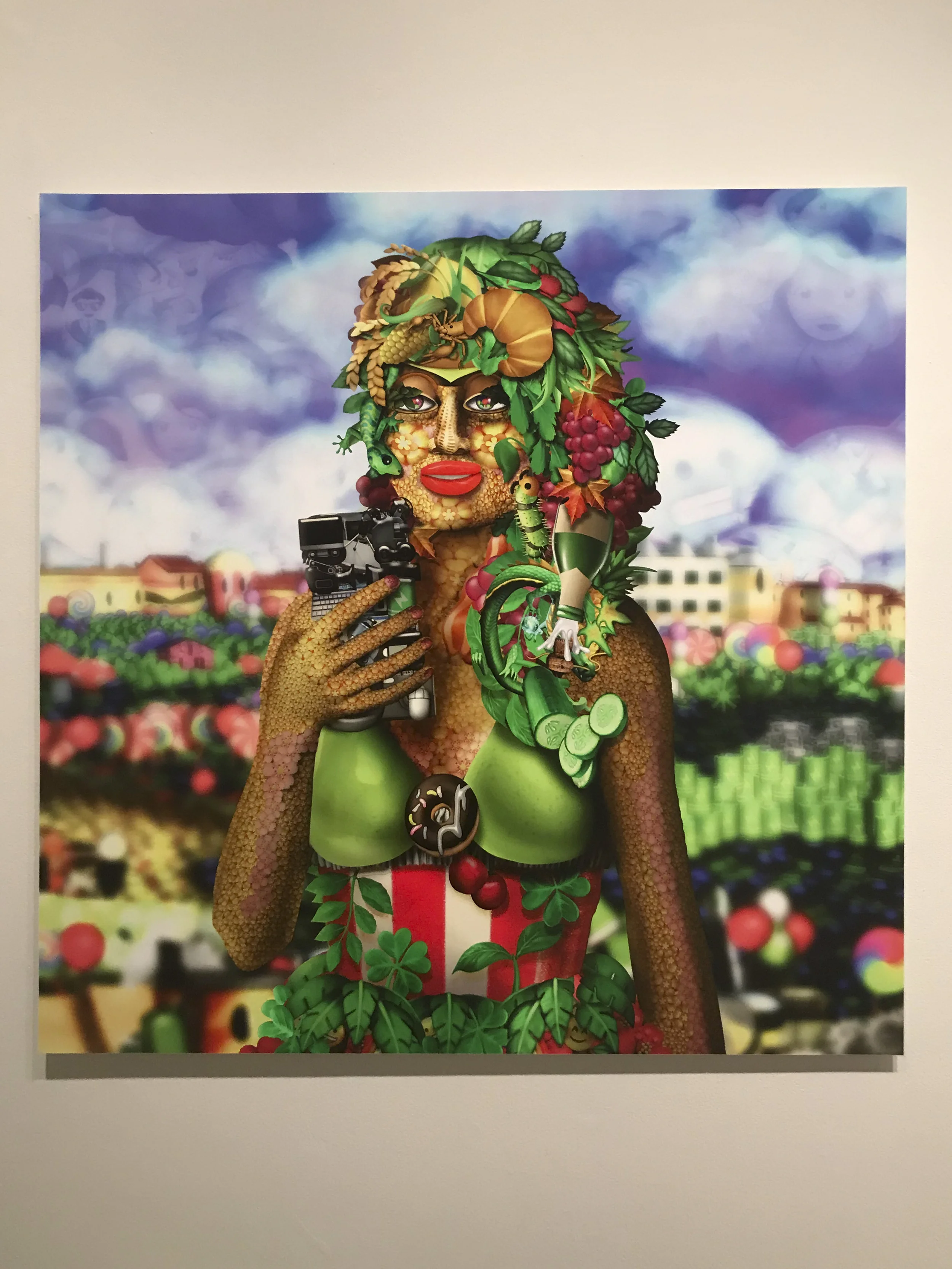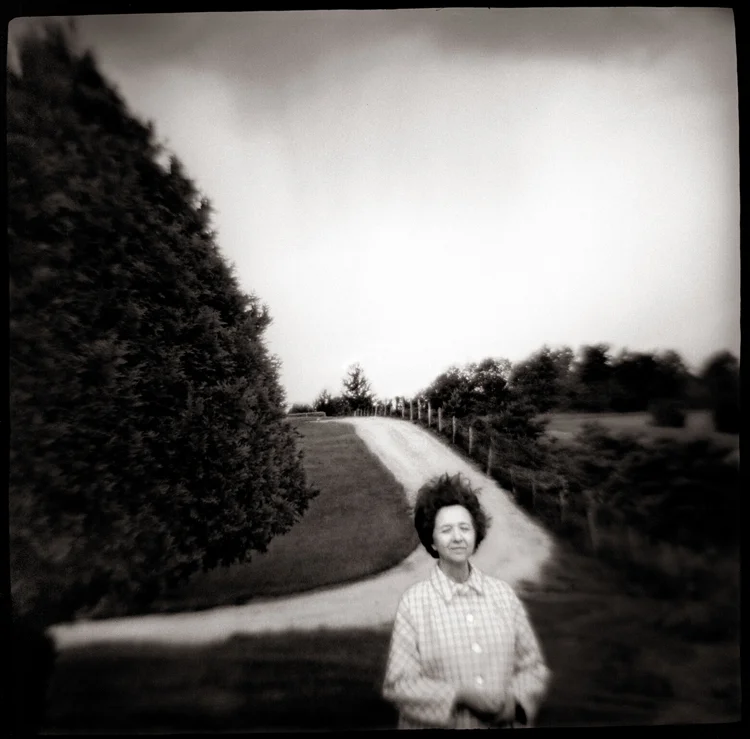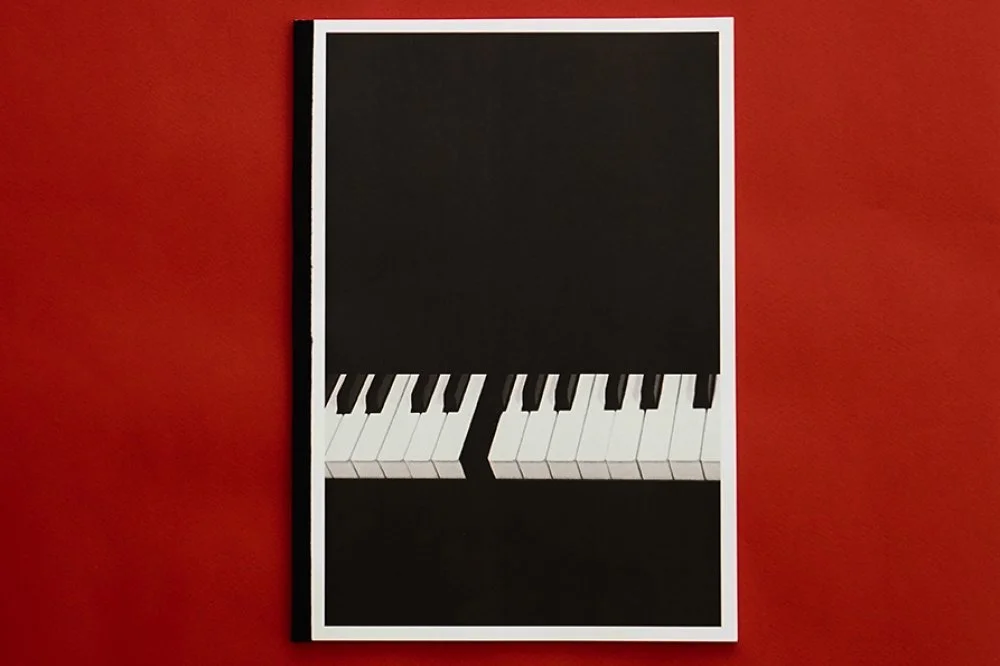“I never want to see another picture of ________.” Industry veterans share their pet peeves on themes in contemporary photography. In this series they present their “rule” along with five photographs that break the rule in an effort to show that great work is the exception to the rule.
Rule Setter: Ashlyn Davis, Executive Director, Houston Center for Photography
Rule Breaker: Genevieve Gaignard
I never want to see another “selfie.” It’s not that I don’t participate in the trend myself on occasion, or that I think selfies are inherently vapid; it’s more that I don’t want to see another photographic self-portrait written into the same context of the selfie photograph. The often-critiqued “narcissistic” visual language of the selfie—with its exaggerated facial expressions and cutesy filters—has in some way diluted contemporary readings of self-portraiture, particularly by women or people of color. Yet, Genevieve Gaignard conflates the two in order to probe the vulnerabilities and instabilities of self-representation and community building. With references to Gregory Crewdson’s elaborately staged settings and Cindy Sherman’s role-playing portraits, Gaignard’s photographs and domestic installations highlight that she is part of a generation that is being photographed, filmed, and photographing themselves more than any other in history. At the same time, her photographs point out what a selfie often exists to do—to be disseminated in online communities, “liked” and viewed as beautiful, cute or in some way important enough to be seen by others.
I learned about Gaignard’s self-portraits over a recent lunch with my friend Nelson Chan. We were discussing diversity in photography and the need to see more work in institutions, universities, and publications by artists that push the boundaries of identity in nuanced ways, reflective of our contemporary moment, which dangerously has been labeled by some as “post-race” or “post-identity.” How do we continue these discussions on sexism, racism, or classism (to name just a few systems of oppression) in a way that acknowledges their multi-dimensional nature, and the ways in which most categories in and of themselves are far too limiting to discuss in either/or terms? Particularly after iconic photographers like Sherman have turned the camera on themselves, it’s easy to feel as if the discussion around identity is over. Yet, Gaignard’s self-portraits highlight the dissonance of this “post” world through a performance of a broad range of characters. Unlike Sherman’s personas, Gaignard’s characters reference stereotypes as well as less-pictured identities which often refer back to the plurality of her own life as a young woman from a working-class town with a white mother and a black father. She asks if the is “white enough to be white…black enough to be black?” Through her performance of a spectrum of women, which range from black to white, well-to-do working class, young to old, and often a mixture of several, she questions the presentation of her own in-betweenness as well as the nature of “passing” as one identity or another.
The intersectionality of her life blends into these personas and asks the viewer to question their own sense of self that is constructed, perhaps not only in a self-portrait, but also through the communities we create based on arbitrary visual characteristics. When these portraits come together they remind viewers that these systems of inequality—racism, sexism, classism—do not exist independent of one another; they all function collectively. These self-portraits, including a portrait of herself taking a selfie, go far beyond any description of narcissistic millennial culture and reveal instead the instability of identity and the importance of being recognized, not just as one thing or another, but as in between.
—Ashlyn Davis
Selfie
Compton Contraposto
Hoodrat Thangs
Smell the Roses
The 99 Cent Store




































































































































































































